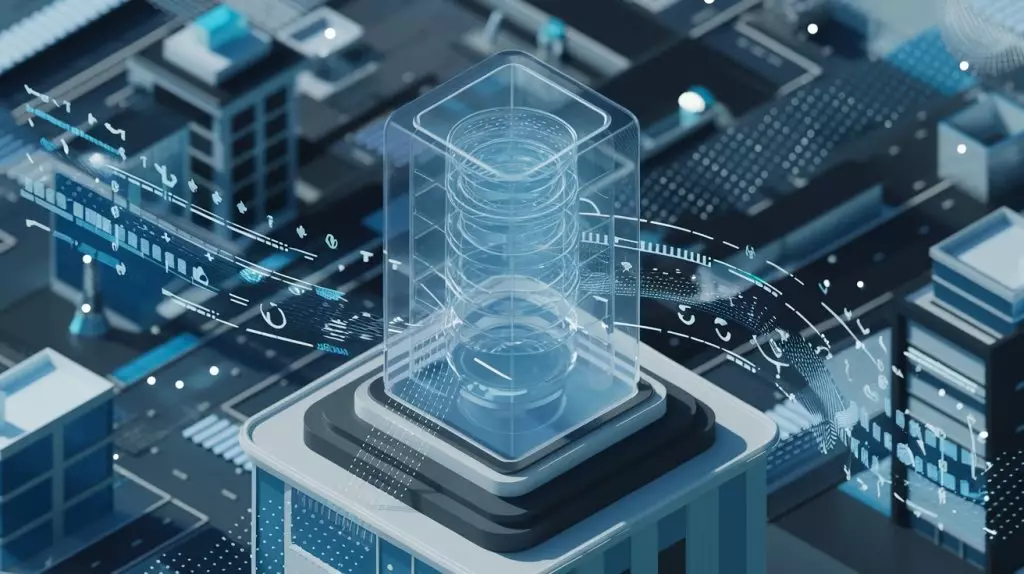In the rapidly evolving field of artificial intelligence (AI), transformer architectures have emerged as a foundational element of numerous advanced applications. Large language models (LLMs), like OpenAI’s GPT-4o, Meta’s LLaMA, and Google’s Gemini, exemplify the success of this architecture. Beyond language processing, transformers are pivotal in diverse applications, ranging from text-to-speech systems to image generation and video analysis. As the excitement surrounding AI technology continues unabated, it is essential to examine the transformative role that transformers play, especially in the development of scalable, efficient AI solutions.
At its core, a transformer is a type of neural network designed for modeling sequences of data, which makes it well-suited for applications such as language translation and automatic speech recognition. The defining feature of transformers is their attention mechanism, which enables the model to focus on relevant parts of the input sequence, regardless of their position. This ability to manage relationships between data points, even when separated by significant distances in the sequence, distinguishes transformers from other models like recurrent neural networks (RNNs) and long short-term memory (LSTM) networks, which struggle to maintain context over longer inputs.
Transformers were first introduced in a groundbreaking paper by researchers at Google in 2017 titled “Attention Is All You Need.” Initially conceived as an encoder-decoder model for language translation, the technology quickly evolved. The following year saw the introduction of BERT (Bidirectional Encoder Representations from Transformers), which paved the way for subsequent LLMs, though today’s models dwarfed its scale by comparison. As advancements in training techniques and technologies proliferate, the trend is toward ever-larger models, characterized by greater data input, increased parameters, and extended contextual capabilities.
The advancement of transformer architectures is underpinned by a series of innovations in hardware and software. Enhanced GPU technologies have significantly accelerated the training processes, allowing researchers to explore increasingly complex architectures. Techniques such as quantization, which reduces the number of bits required to represent the model’s parameters, help conserve valuable memory and computational resources. Additionally, new algorithms, like Shampoo and AdamW, have emerged, optimizing the training process and enhancing model performance.
The efficiency of attention computation is another key area of advancement, with tools such as FlashAttention and KV Caching streamlining the attention mechanism that is central to transformers. These innovations ensure that the field continues to make strides in performance, enabling the use of large datasets in real time without sacrificing speed or accuracy.
Transformers employ an encoder-decoder architecture that allows them to process and generate data effectively. The encoder transforms input data into a vector representation, which can be used for various tasks like sentiment analysis or classification. Conversely, the decoder takes this representation and generates new content, making the architecture advantageous for tasks that involve creative output, such as summarization or completion of sentences.
For many of the latest models, including the GPT family, the design often favors a decoder-only approach. This specialization facilitates efficient text generation, making these models particularly adept in contexts requiring the production of coherent and contextually appropriate responses. Encoder-decoder combinations, however, remain crucial for tasks like translation, underscoring the versatility of transformer architectures.
At the heart of the transformer architecture lies the attention mechanism, which enables the model to discern relationships among words within the same sequence (self-attention) or between different sequences (cross-attention). This capability allows a model, for example, to connect the English word “apple” with its French counterpart “pomme” during translation tasks. Mathematically, these attention mechanisms rely on efficient matrix multiplication operations, harnessing the computational power of GPUs to manage complex calculations rapidly.
Transformers have significantly outperformed earlier models like RNNs and LSTMs because they can efficiently retain context and manage dependencies across vast spans of text. This advancement has solidified their status as the go-to architecture for various applications requiring LLMs, contributing to the ongoing investment and research within the field.
While transformers dominate the current landscape of LLMs and other AI applications, alternative models, such as state-space models (SSMs) like Mamba, are beginning to attract interest. These models exhibit the potential to handle longer sequences of data more efficiently than transformers. However, the future of AI seems deeply entwined with transformers, especially as multimodal applications gain traction.
OpenAI’s GPT-4o exemplifies the exciting possibilities of multimodal models, which can process and generate not just text, but also audio and images. The versatile applications of such models extend from video captioning to voice synthesis, opening doors for improved accessibility for individuals with disabilities. Multimodal AI systems can create rich, interactive experiences that cater to a wide array of user needs, underlining the significance of transformers in the future of AI technology.
The transformer architecture represents a crucial milestone in the evolution of artificial intelligence, enabling rapid advancements and diverse applications across industries. As the exploring of new possibilities continues, it remains vital to remain informed about the developments and innovations that shape our AI-driven future.

